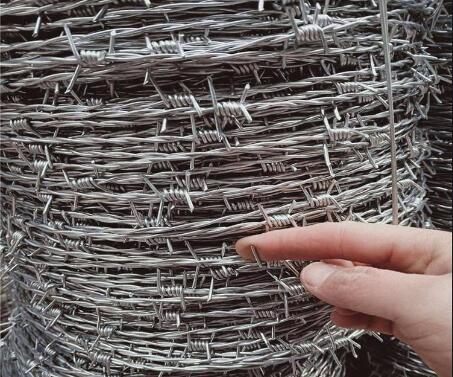Installing Drywall Screws A Comprehensive Guide
Installing drywall is a common task in both new construction and renovation projects. It provides a smooth surface for painting, wallpapering, or other finishes. One of the most critical steps in hanging drywall is properly installing drywall screws. This article will guide you through the process, ensuring your drywall is securely fastened and free of imperfections.
Understanding Drywall Screws
Drywall screws are specialized fasteners designed for use with drywall. They typically have a bugle head to allow for a flush finish against the drywall surface, which minimizes the need for additional sanding. There are different types of screws for various drywall thicknesses; the most common sizes are 1 1/4 inches for 1/2-inch thick drywall and 1 5/8 inches for 5/8-inch drywall.
Tools and Materials Needed
Before you begin, gather the following tools and materials - Drywall panels - Drywall screws - Power drill or drywall screwgun - Screwdriver attachment (preferably with depth setting) - Tape measure - Utility knife - T-square - Pencil - Dust mask and safety goggles (for protection)
Preparation
1. Measure and Cut Start by measuring the area where the drywall will be installed. Cut the drywall panels to size using a utility knife. Score the front side of the drywall and snap it along the line, trimming the back paper with the knife to finish the cut.
2. Check the Framework Ensure that the wooden or metal studs are properly spaced and aligned. The standard spacing is usually 16 or 24 inches on center. If your studs aren't in good condition or aligned, make adjustments to ensure a sturdy surface for your drywall.
Installing Drywall Panels
installing drywall screws

1. Position the Panels Begin by holding the drywall in place against the studs. For ceilings, it might be helpful to use a drywall lift or enlist help from someone else to hold the panel while you secure it.
2. Start Fastening Using your power drill or drywall screwgun, begin driving screws into the drywall. Place screws about every 12 to 16 inches along the studs and within 1 inch of the edges of the panels.
3. Depth Setting Ensure your screwgun is set to the proper depth to avoid over- or under-driving the screws. The screw head should sit just below the surface of the drywall, creating a slight dimple without tearing the paper.
4. Corners and Edges For corners, ensure two panels meet neatly; the screws should be placed 1 foot apart on the edges where two panels align. Utilize a T-square to achieve a perfect 90-degree angle when aligning corner joints.
Final Steps
1. Check for Evenness After all screws are installed, run your hand over the surface to check for any protrusions or uneven areas. If any screws are sticking out, drive them further in without damaging the drywall.
2. Taping and Mudding Once the screws are properly set, your next step is to tape and mud the seams. Use joint tape and drywall compound to fill in the voids around the screws and seams. This will create a smooth finish.
3. Sanding and Finishing Once the compound has dried, sand the surface lightly to ensure a smooth area for painting or finishing. Be sure to wear a dust mask and safety goggles during this process, as drywall dust can be harmful when inhaled.
Conclusion
By following these steps for installing drywall screws, you can achieve a professional-looking finish that provides a great foundation for any room. Proper installation not only helps with the aesthetic appeal but also ensures the durability of your drywall. Remember to take your time and verify your work at each step. Happy DIY-ing!

















